How to Choose the Right Water Regulator Valve for Your Home
Choosing the right water regulator valve for your home is a crucial step in ensuring that your plumbing system operates efficiently and effectively. A water regulator valve serves as a vital component that helps maintain consistent water pressure, preventing damage to your pipes and fixtures while enhancing water usage efficiency. With various types available on the market, understanding the specific needs of your household can be overwhelming. In this tutorial, we will guide you through the essential factors to consider when selecting a water regulator valve, such as pressure ratings, flow rates, and compatibility with your existing plumbing infrastructure. By the end of this article, you will be equipped with the knowledge to make an informed decision that will protect your home’s water system and provide peace of mind for years to come.
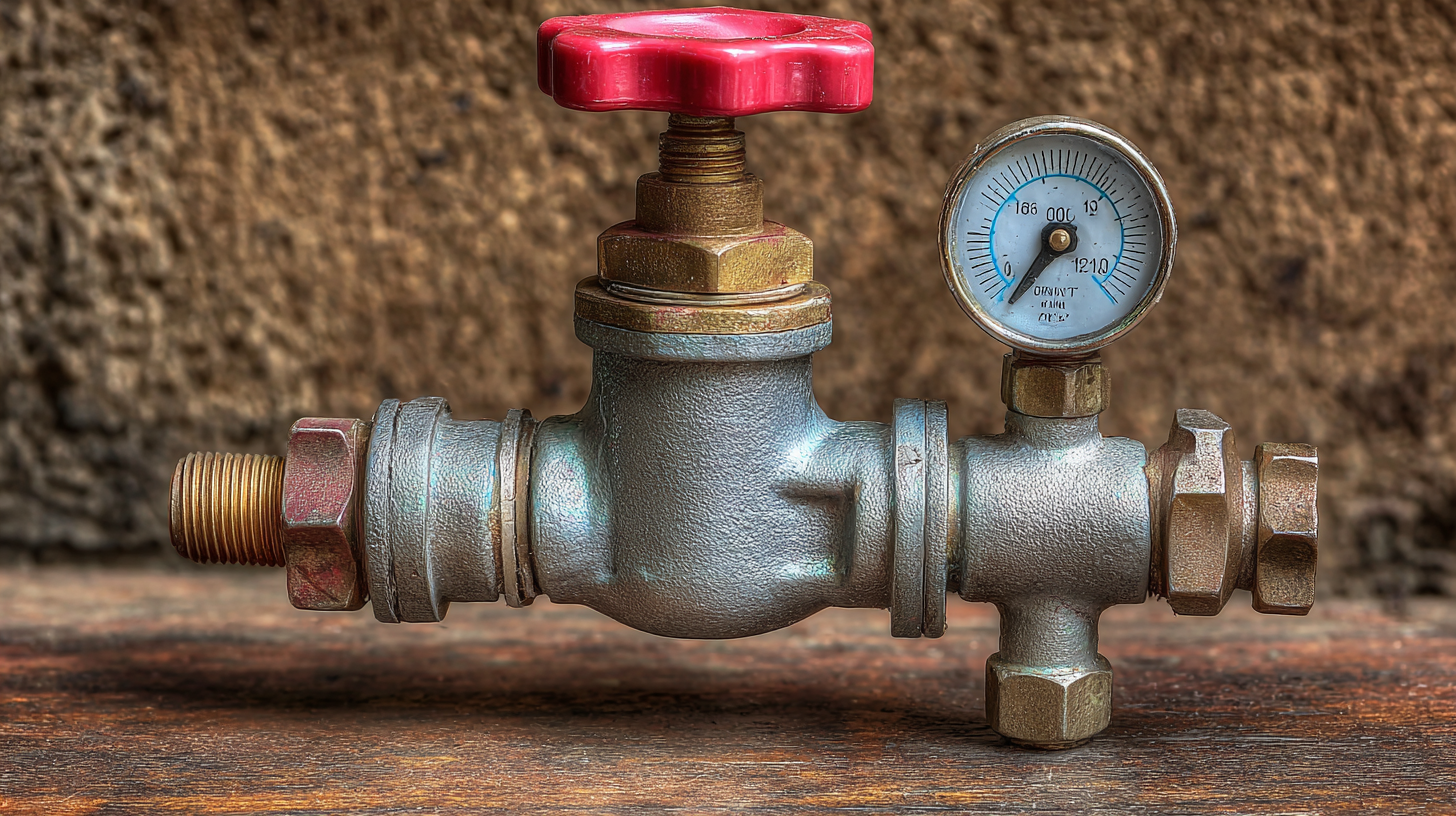
Understanding Water Pressure Needs for Your Home
When it comes to ensuring a steady supply of water in your home, understanding your water pressure needs is crucial. Household water pressure typically falls between 40 to 60 psi (pounds per square inch). If your pressure is too low, you may experience weak water flow, affecting daily activities like showering and washing dishes. Conversely, excessively high pressure can lead to plumbing leaks, appliance damage, and increased water bills. It’s important to identify where your household falls within this range to choose the appropriate water regulator valve.
To assess your water pressure needs, start by measuring the current pressure using a pressure gauge attached to an outdoor spigot. This reading will help you determine whether a regulator valve is necessary. If you're considering installing one, look for adjustable models that can be finely tuned to your home’s specifications. Additionally, consider the size of your household and the number of fixtures used simultaneously, as these factors will influence the required flow rate. Choosing the right valve not only optimizes water pressure but also enhances the longevity of your plumbing system and appliances.
Water Pressure Levels for Different Household Needs
This chart illustrates the recommended water pressure levels for different household needs, helping homeowners understand what water pressure is optimal for various applications.
Identifying Different Types of Water Regulator Valves
When it comes to selecting the right water regulator valve for your home, understanding the different types available is crucial. Water regulator valves are essential components in managing water pressure and ensuring the efficient operation of your plumbing system. Among the various types, you might encounter pressure-reducing valves, which help maintain consistent water pressure, and flow-control valves, designed to limit the amount of water flowing to specific fixtures. Each type serves a unique function and choosing the right one depends on your home's specific needs and existing water distribution setup.
Recent advancements in water distribution networks have highlighted the importance of optimizing valve control systems to detect and mitigate contamination effectively. By employing innovative techniques such as machine learning classification and real-time control, professionals are able to monitor water quality more accurately. This means that the valves you choose for your home not only play a vital role in maintaining water pressure but also contribute to a larger system focused on reducing contaminants, ensuring the safety and quality of your water supply.
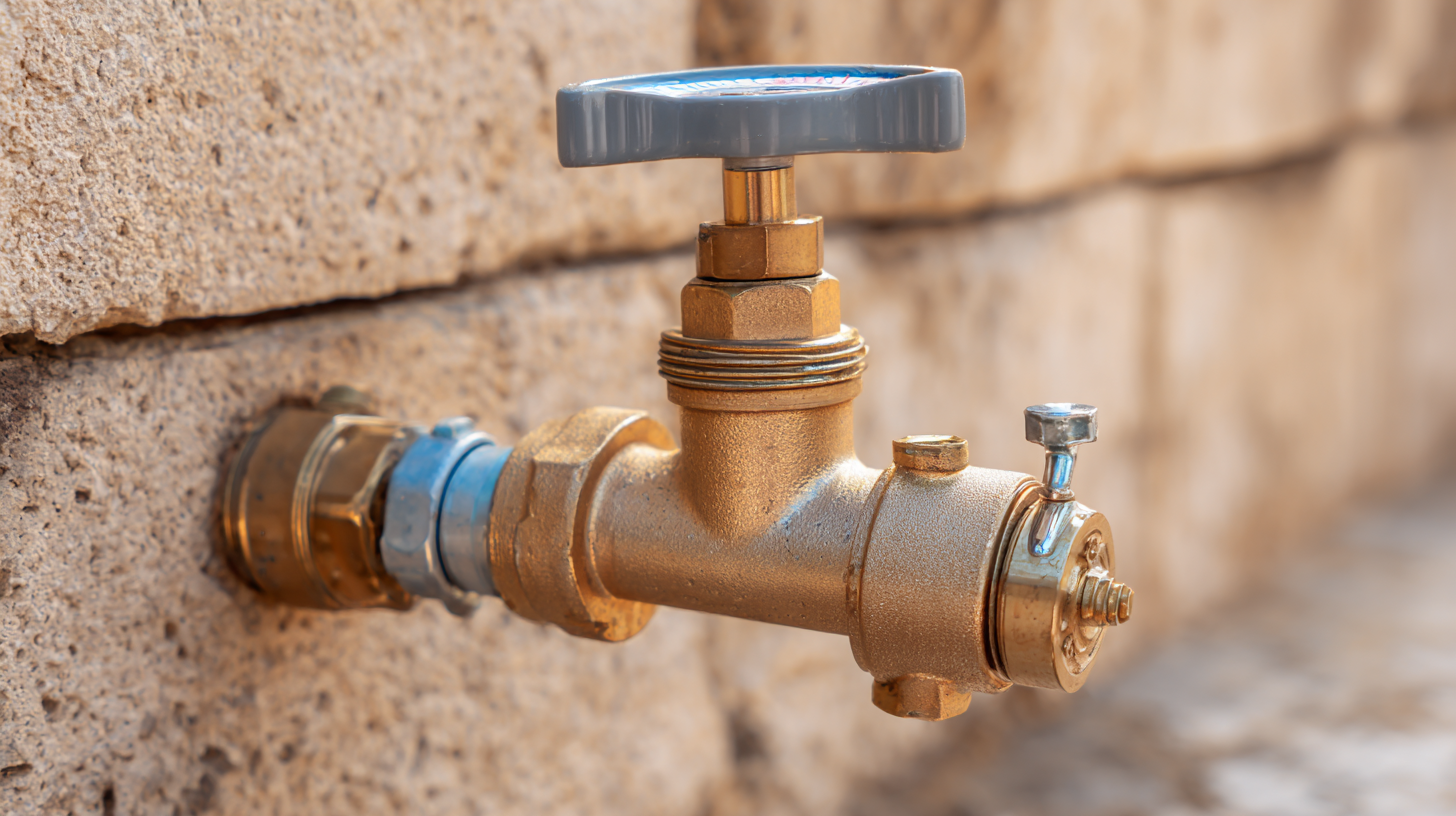
Evaluating Material Durability and Compatibility
Choosing a water regulator valve for your home requires careful consideration of material durability and compatibility with your existing plumbing system. Common materials for water regulator valves include brass, stainless steel, and plastic. According to a report by the American Society of Plumbing Engineers, brass valves provide excellent corrosion resistance and are ideal for most residential applications. However, in areas with highly acidic water, stainless steel valves demonstrate superior performance and longevity, reducing the risk of leaks over time.
When selecting a valve, it’s essential to ensure compatibility with your plumbing. A National Sanitation Foundation report highlights that mismatched materials can lead to galvanic corrosion, which diminishes the lifespan of your plumbing system. Always check for compatibility with existing pipes and fixtures, particularly if you are upgrading or replacing older components.
**Tips:**
- Regularly inspect your water regulator valve for any signs of wear or leaks to ensure optimal performance.
- Consult a plumbing professional to assess your specific water conditions and recommend the most suitable valve material.
- Consider investing in high-quality valves, as cheaper options may lead to higher maintenance costs over time.
How to Choose the Right Water Regulator Valve for Your Home - Evaluating Material Durability and Compatibility
| Material | Durability (Years) | Pressure Rating (psi) | Temperature Range (°F) | Compatibility |
|---|---|---|---|---|
| Brass | 15-20 | 300 | 32-160 | Copper, PVC |
| PVC | 10-15 | 150 | 32-140 | PVC, CPVC |
| Bronze | 15-25 | 200 | 32-180 | Copper, Brass |
| Stainless Steel | 20-30 | 400 | 0-250 | PVC, Copper |
Assessing Flow Rate Requirements for Your Household
When choosing a water regulator valve for your home, assessing the flow rate requirements is crucial to ensure optimal water supply while preventing issues such as low pressure or excessive flow. Start by evaluating the total water demand of your household. Consider the number of fixtures and appliances that will be using water simultaneously, including showers, faucets, washing machines, and dishwashers. This will help you determine the minimum flow rate needed to satisfy your household’s usage patterns.
Once you have a clear understanding of your water flow needs, check the specifications of potential water regulator valves. Look for valves that match or exceed your required flow rate to ensure they can handle peak usage times without causing pressure drops. It's also wise to consider the size of the valve; a valve that is too small may restrict flow, while one that is too large could lead to inefficiencies. Investing in a high-quality regulator valve in line with your household's flow rate requirements will enhance water distribution and overall efficiency, paving the way for a more comfortable living environment.
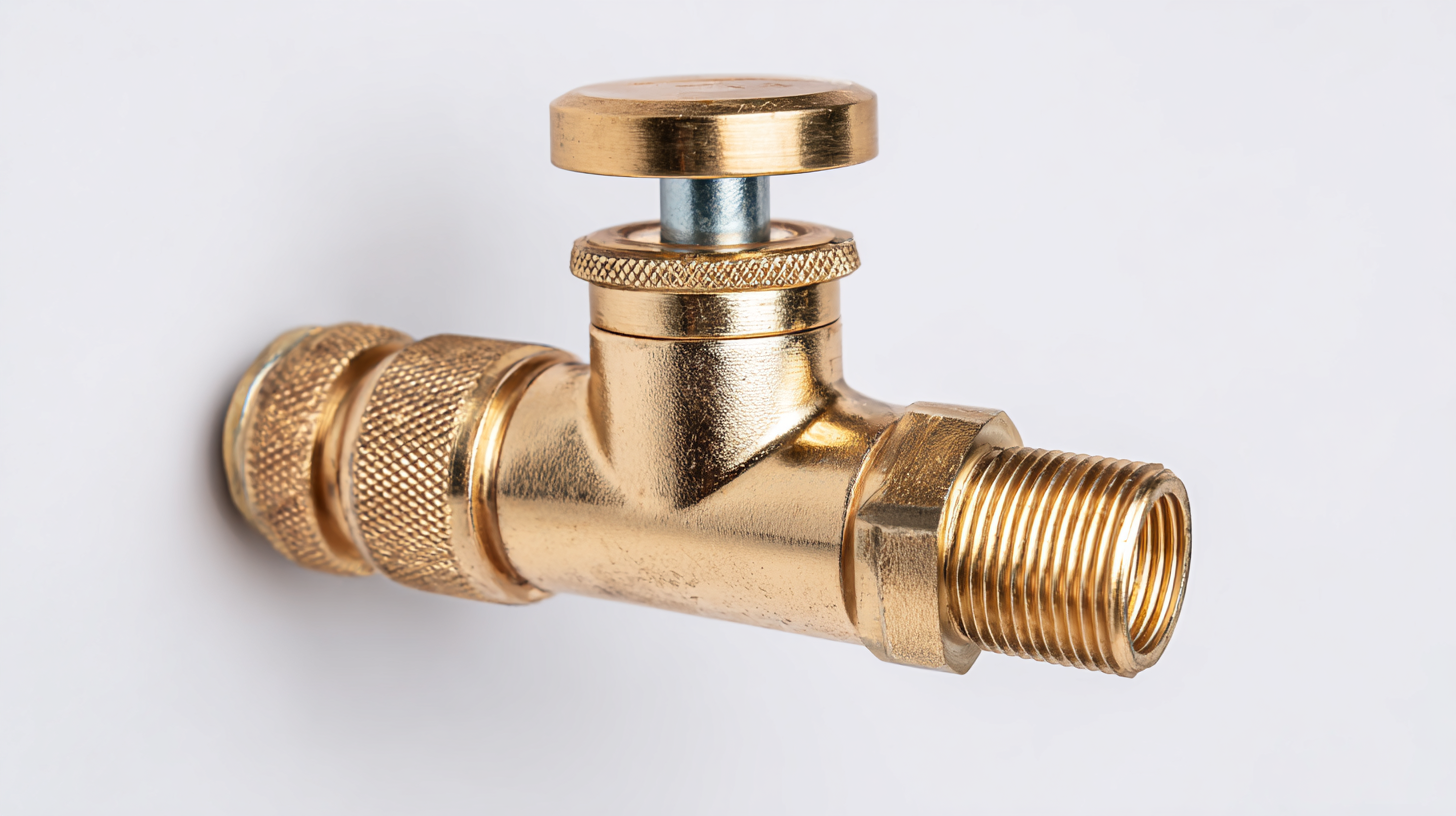
Considering Installation and Maintenance Factors
When considering the installation and maintenance of a water regulator valve for your home, it is essential to understand the various factors that can impact performance and longevity. Installation often involves determining the right size and type of valve for your specific plumbing system. Proper installation not only ensures that the valve functions correctly but also minimizes potential issues like leaks and pressure fluctuations. Engaging a professional plumber can provide you with the expertise needed for a smooth installation process, ensuring the valve aligns with your home’s infrastructure and water usage needs.
Maintenance is another critical aspect that homeowners should prioritize. Regular checks can prevent larger issues down the line, enhancing the lifespan of the valve. For instance, inspecting for scale buildup or debris can help maintain optimal performance. As the market for home utilities evolves, with trends indicating significant growth in related sectors, understanding how to effectively manage your water regulator valve can lead to better efficiency and water conservation. Maintaining your water systems will not only provide immediate benefits but also contribute to long-term sustainability and cost savings in household expenses.
Related Posts
-
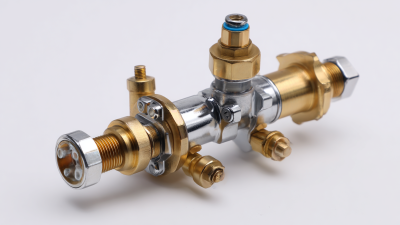
How to Identify Top Quality Manufacturers for the Best Pressure Regulator
-
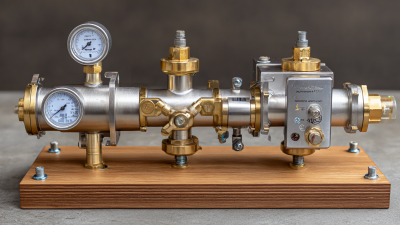
5 Essential Tips for Choosing the Best Hydrogen Pressure Regulator
-
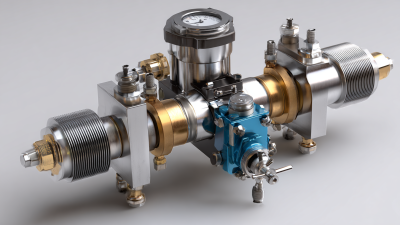
Innovative Alternatives in High Pressure Gas Regulators for 2025 Technological Advancements
-
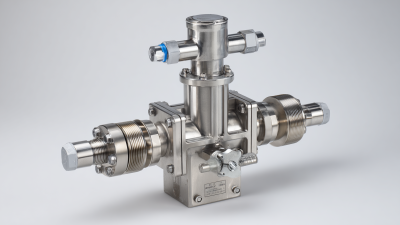
Common Issues Regarding Back Pressure Regulator Selection and Performance
-
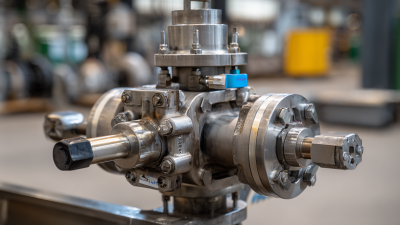
Understanding the Functionality of the Best Back Pressure Valve
-

Understanding Pressure Regulators for Optimal Performance in Industrial Applications
